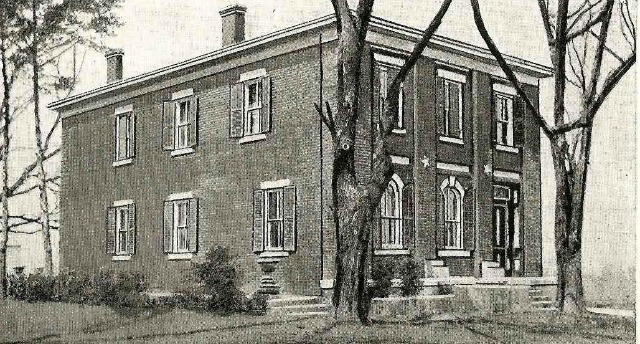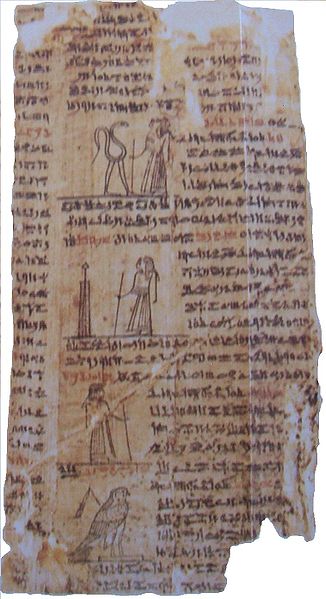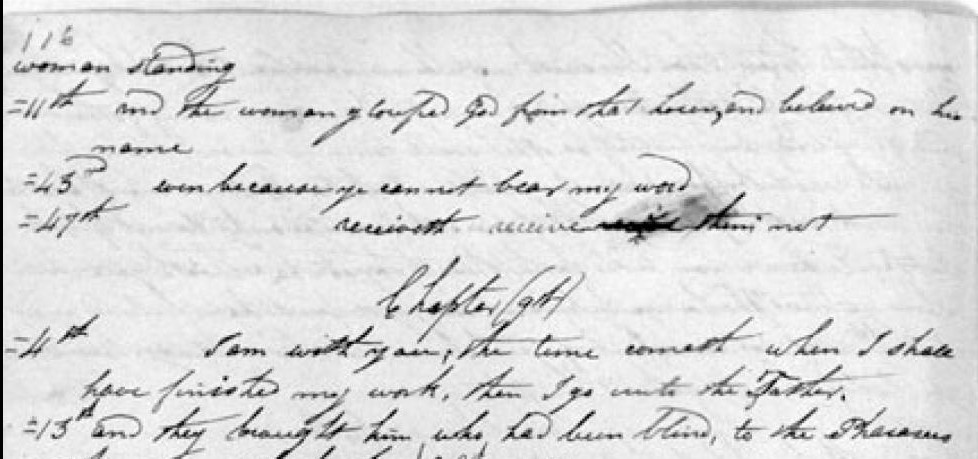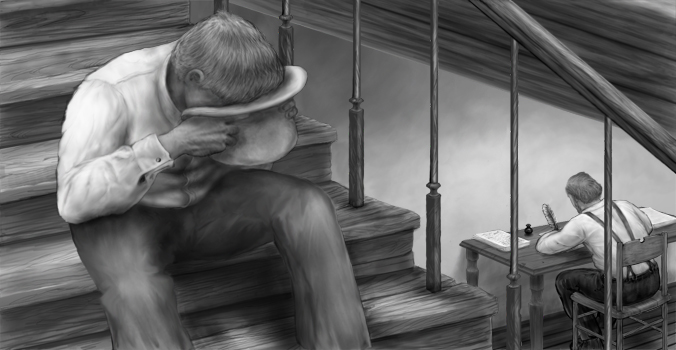Question
Gramps,
What is the true story behind Joseph Smith becoming a Mason? I once found that he was encouraged to join because he was told he and the early Saints would be protected by the Masons, but found it to be false; then left it. Later, I read that he wanted members to join before the temple and learn from the examples of the masons on how to keep sacred things sacred. I’ve search lds.org and did not find anything about this topic. Why is that?
Mia
Answer
Mia,
It sounds like you have two questions. What was Josephs Smith’s relationship to the Masons, and why isn’t more information available on LDS.org.
To answer your first question, let me refer you to a passage from “History of the Church” written by Joseph Smith. He wrote:
“I officiated as grand chaplain at the installation of the Nauvoo Lodge of Free Masons. . . . In the evening I received the first degree in Freemasonry in the Nauvoo Lodge.” (History of the Church, by Joseph Smith, Deseret Book, 1978, Vol.4, Ch.32, p.550–1.)
Smith was raised to the third degree of master mason “on sight” by Grand Master Jonas of the Grand Lodge of Illinois.
“I was with the Masonic Lodge and rose to the sublime degree.” (History of the Church, Vol. 4, Ch.32, p. 552)
I can’t confirm your story about being encouraged to join for protection, however from historical records it’s clear that Hyrum Smith was a Mason while in Palmyra, but that there was a wave of anti-Mason sentiment about the time Joseph Smith was translating the Book of Mormon.
So it seems possible that Joseph Smith may have been in contact with the Masons, but that at one point they could no longer offer protection. Clearly, however, Joseph himself became a Mason later in life and helped lead the Freemason lodge in Nauvoo.
As to your second question, LDS.org is not meant for academic historical research. Recently, essays have been written about certain historical topics of interest to Latter-day Saints. Perhaps one about Joseph Smith’s relationship to Masonry will be written. But each of these essays takes significant work to produce, so an exhaustive collection should not yet be expected.
The LDS Church does keep excellent historical records, and you can visit the Church History Library to research more about the topic. Let me also suggest “Exploring the Connection between Mormons and Masons” by Matthew B. Brown.
I don’t want to dissuade your study. Certainly we can learn from how Joseph Smith viewed fraternal organizations and perhaps even gain insight into how revelation operated during the restoration. But let me suggest that there are much more interesting and essential elements to the Prophet’s life than which clubs he chose to join.
Best wishes in your studies.
Gramps







